As educational systems worldwide shift from paper-based resources to digital solutions, the transformation goes beyond just modernizing teaching methods; it heralds a significant environmental, educational, and systemic shift. This move from textbooks to tablets and other digital formats brings a multitude of benefits for students, teachers, and the education system at large while also reducing environmental footprints.
Reducing Environmental Impact
One of the most immediate benefits of digital learning is its positive impact on the environment. Traditional textbooks require paper, which means cutting down trees. The production of paper not only leads to deforestation but also consumes large amounts of water and energy. Furthermore, the process emits carbon dioxide and other harmful gases into the atmospher
Switching to digital learning tools significantly cuts down on these environmental costs. Tablets and digital devices, while having their own carbon footprints due to production and electricity use, are more sustainable over their lifetime compared to the repeated cycles of printing and disposing of physical books. Additionally, digital devices minimize the need for physical transportation, further reducing carbon emissions related to the distribution of educational materials.
Enhancing Educational Experiences
Digital learning isn’t just good for the planet; it enriches the educational experience for students and teachers. Interactive digital tools and resources allow for a more engaging learning process compared to static textbooks. Multimedia features like videos, interactive simulations, and quizzes can make learning more captivating and interactive, helping to maintain student interest and motivation.
For teachers, digital solutions offer dynamic tools to track student progress in real time. Advanced analytics provide insights into how students interact with material, which can inform personalized teaching approaches and interventions. This real-time feedback loop creates a more responsive educational environment where teachers can adjust lessons dynamically to meet the learning needs of their students.
Systemic Benefits for Education
Beyond individual classrooms, the shift to digital learning transforms the entire educational ecosystem. It enables a scalability that is impossible with traditional textbooks. Educational resources can be updated and disseminated instantly across the globe, ensuring that all students have access to the most current information and learning tools. This is particularly transformative in under-resourced areas where educational materials might be outdated or in short supply.
Moreover, digital learning platforms can bridge educational gaps during disruptions such as the COVID-19 pandemic, which saw a surge in remote learning. The ability to continue education uninterrupted during such times highlights the flexibility and resilience of digital educational models.
Challenges and Considerations
Despite these benefits, the transition to digital learning is not without challenges. There are concerns about screen time, the digital divide, and ensuring that every student has access to the necessary technology and connectivity. Additionally, there is the need to train teachers to effectively use these new technologies in their teaching practices.
Conclusion
The shift from textbooks to tablets marks a significant step forward in making learning more sustainable, engaging, and adaptable. While challenges remain, the potential for positive environmental impacts and transformative educational experiences makes the case for digital learning compelling. As we continue to navigate this digital transition, it’s clear that the future of education will rely heavily on our ability to leverage technology not just for the sake of innovation, but for the sustainability and enrichment of learning environments around the world.
